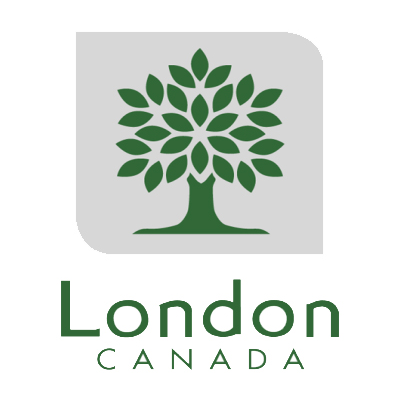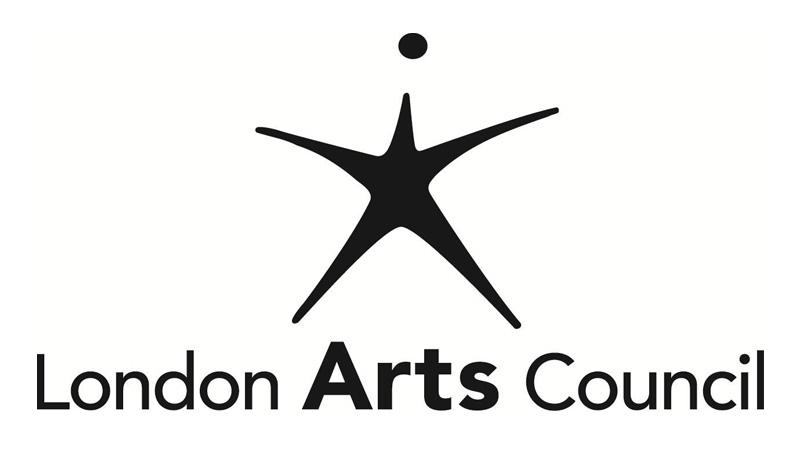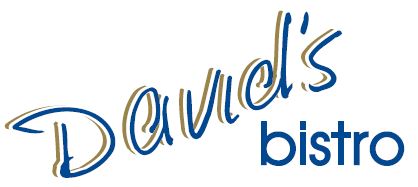Kenojuak Ashevak (1927-2013)
Kenojuak Ashevak, CC ONu was an Inuit artist. She is regarded as a pioneer of modern Inuit art and was one of Canada’s most acclaimed graphic artists with a long list of achievements and honours. She was a Companion in the Order of Canada (1967) and received the prestigious Lifetime Achievement Award at the National Aboriginal Achievement Awards Ceremony in Vancouver (1996). 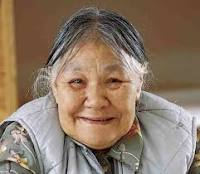
Kenojuak travelled all over the world as an ambassador for Inuit art. In 1969, she traveled to Ottawa to collaborate on a mural which hung in the Canadian Pavilion at Expo’70 in Osaka, Japan. In 1980, she traveled to Rotterdam, Holland to be present at the Inuit Print exhibition which was opened by the Queen of the Netherlands. In 1994 she was invited to open the exhibition Arctic Spirit: 35 Years of Canadian Inuit Art at the Frye Art Museum in Seattle, Washington. She’s also traveled to South Korea, Germany and Ottawa to attend countless cultural festivities and exhibitions of Inuit art.
Link:http://www.dorsetfinearts.com/kenojuak-askhevak
Basil Johnston (1929-2015)
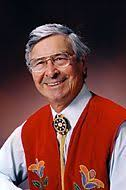
Basil Johnston was an Anishinaabe author, storyteller and educator born in the Wasauksing First Nation in Ontario. He was a survivor of the residential school system, and published his first book in his 40s, going on to publish over 20 more since then. Many of them were devoted to the history, stories and language of the Anishinaabe people. Five of his books were written in the Anishinaabemowin language. Johnston, who was a member of the Chippewas of Nawash Unceded First Nation, had a profound impact on a younger generation of First Nations writers, including Tomson Highway, Drew Hayden Taylor and Joseph Boyden.
Elijah Harper (1949-2013)
Elijah Harper was an Oji-Cree politician and consultant and policy analyst. He was born at Red Sucker Lake, MB and is best known for his work in stopping the Meech Lake Accord (actions for which he was named the Canadian Press Newsmaker of the Year in 1990). He was the first Aboriginal member of the Legislative Assembly of Manitoba and also served as the Minister for Northern Affairs. Harper also represented the riding of Churchill, MB in the federal parliament.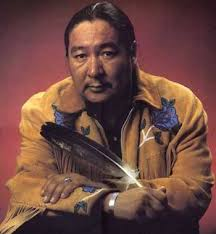
In 1990, Harper got national attention for his opposition to the Meech Lake Accord. Harper initiated procedural delays in the Manitoba legislature that threatened to extend the vote beyond June 23rd 1990, the deadline established by the accord. The Manitoba Premier, Gary Gilmon, needed all MLAs to approve the procedure for ratifying the accord. Eight separate times Harper refused to give his consent, on the grounds that First Nations had not been consulted or recognized in the constitutional discussions around the Meech Lake Accord. When the Legislative Assembly of Manitoba adjourned on June 22nd, it had not voted on the accord. Clyde Wells, in response to Harper’s initiative, refused to take a vote in Newfoundland, arguing that the situation in Manitoba made it irrelevant. As a result, the deadline passed and the accord collapsed. Harper made news stories across the country, and the Canadian Press voted him Newsmaker of the Year for 1990.
Link:https://www.thecanadianencyclopedia.ca/en/article/elijah-harper
Francis Pegahmagabow
Francis Pegahmagabow was a Indigenous Canadian soldier in the army and was the best sniper known to have killed hundreds during the First World War. Francis Pegahmagabow MM and two bars was a Canadian First Nations soldier, politician and activist. He was the most highly decorated Native American Soldier in Canadian military history and the most effective sniper of the First world war. Pegahmagabow was born in (what is now known as) the Shawanaga First Nation reserve in Nobel, Ontario. His parents died at a young age from an unknown but severe illness and he was left to be raised by Noah Nebimanyquod.

At the start of the First World War, the Canadian government discouraged Indigenous peoples from military service untilcasualties rose and the need for more soldiers increased. Despite the barriers he faced, Francis was determined to volunteer for the army, going to the recruitment office immediately after war was declared in 1914 and was one of the first to sign on with the 23rd Regiment (Northern Pioneers). Francis was one of the first of more than 4000 Indigenous soldiers to volunteer for overseas service in the war. Within weeks, he became one of the original members of the 1st Canadian Infantry Battalion. Known as “Peggy”, Pegahmagabow was part of the Second Battle of Ypres in 1915 where the Germans used chlorine gas for the first time. The 1st battalion lost nearly half of its members but he survived and was promoted to lance corporal in 1915 for his service. During the war he earned a fierce reputation as a deadly sniper and was credited for about 378 kills and the capture of 300 prisoners. Fellow soldiers recalled Francis’ strong spiritual beliefs, which they believed gave him the courage to participate in dangerous operations. When the war was over, Pegahmagabow had become one of the most highly decorated Indigenous soldiers in Canadian military history. First awarded the Military Medal in 1916, he earned two bars for his excellence as sniper and scout in the battles of Ypres (1915), Passchendaele (1917), Amiens (1918) and Second Battle of Arras (1918, see First World War timeline). Only 38 other Canadian men received the honour of two bars. He was also awarded a 1914–15 Star, the British War Medal and the Victory Medal.
Link: https://www.thecanadianencyclopedia.ca/en/article/francis-pegahmagabow
YouTube Video about his service and life: https://www.cbc.ca/player/play/2417403784/
Richard Wagamese (1955-2017)
Anishinaabe novelist and journalist Richard Wagamese was a member of the Wabaseemoong Independent Nations.
 He was taken from his family as a young child, during the Sixties Scoop, and only reunited with them as an adult. The experience informed his exploration of his Anishinaabe roots in his writing. He published more than a dozen works in his lifetime and wrote a popular Indigenous affairs column. Being a well-known Indigenous writer in Canada, Wagamese won several awards including the Canada Council for the Arts Molson Prize (2013) and the Writer’s Trust of Canada’s Matt Cohen Award (2015). He spoke about the historical and present day socio-economic issues as well as brought attention to Indigenous people, culture and truth and reconciliation through his works.
He was taken from his family as a young child, during the Sixties Scoop, and only reunited with them as an adult. The experience informed his exploration of his Anishinaabe roots in his writing. He published more than a dozen works in his lifetime and wrote a popular Indigenous affairs column. Being a well-known Indigenous writer in Canada, Wagamese won several awards including the Canada Council for the Arts Molson Prize (2013) and the Writer’s Trust of Canada’s Matt Cohen Award (2015). He spoke about the historical and present day socio-economic issues as well as brought attention to Indigenous people, culture and truth and reconciliation through his works.
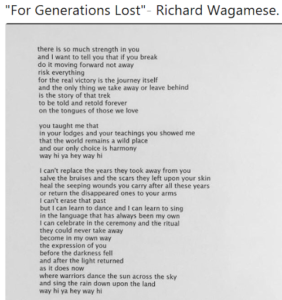 Wagamese’s first reporting job was in 1979 with an Indigenous newspaper called The New Breed. He then wrote a popular Indigenous affairs for the Calgary Herald and worked on television and radio as a broadcaster. He became the first Indigenous writer to win a National Magazine Award for column writing and he published his first novel Keeper’n Me in 1994, winning the Writer’s Guild of Alberta award for best novel. Wagamese went on to publish eight more novels, a collection of poetry and five works of non-fiction. His 2012 novel, Indian Horse, about a survivor of a residential school with a gift for ice hockey was adapted into a film in 2017. Richard served as a writer for the federal government’s ROyal Commission on Aboriginal Peoples in 1996 and in addition to writing, he also lectured on creative writing and different universities.
Wagamese’s first reporting job was in 1979 with an Indigenous newspaper called The New Breed. He then wrote a popular Indigenous affairs for the Calgary Herald and worked on television and radio as a broadcaster. He became the first Indigenous writer to win a National Magazine Award for column writing and he published his first novel Keeper’n Me in 1994, winning the Writer’s Guild of Alberta award for best novel. Wagamese went on to publish eight more novels, a collection of poetry and five works of non-fiction. His 2012 novel, Indian Horse, about a survivor of a residential school with a gift for ice hockey was adapted into a film in 2017. Richard served as a writer for the federal government’s ROyal Commission on Aboriginal Peoples in 1996 and in addition to writing, he also lectured on creative writing and different universities.
Link:https://www.thecanadianencyclopedia.ca/en/article/richard-wagamese
Sources:
- Timeline (includes birth of important figures): https://thecanadianencyclopedia.ca/en/timeline/first-nations
- Five notable historical figures: https://livelearn.ca/article/about-canada/5-notable-indigenous-historical-figures/
- 21 indigenous people to celebrate (contemporary as well): https://www.ictinc.ca/blog/national-aboriginal-day-21-important-indigenous-people-to-celebrate
- (Chief roberts youtube video): https://www.youtube.com/watch?v=O_jUXiOSbp4







